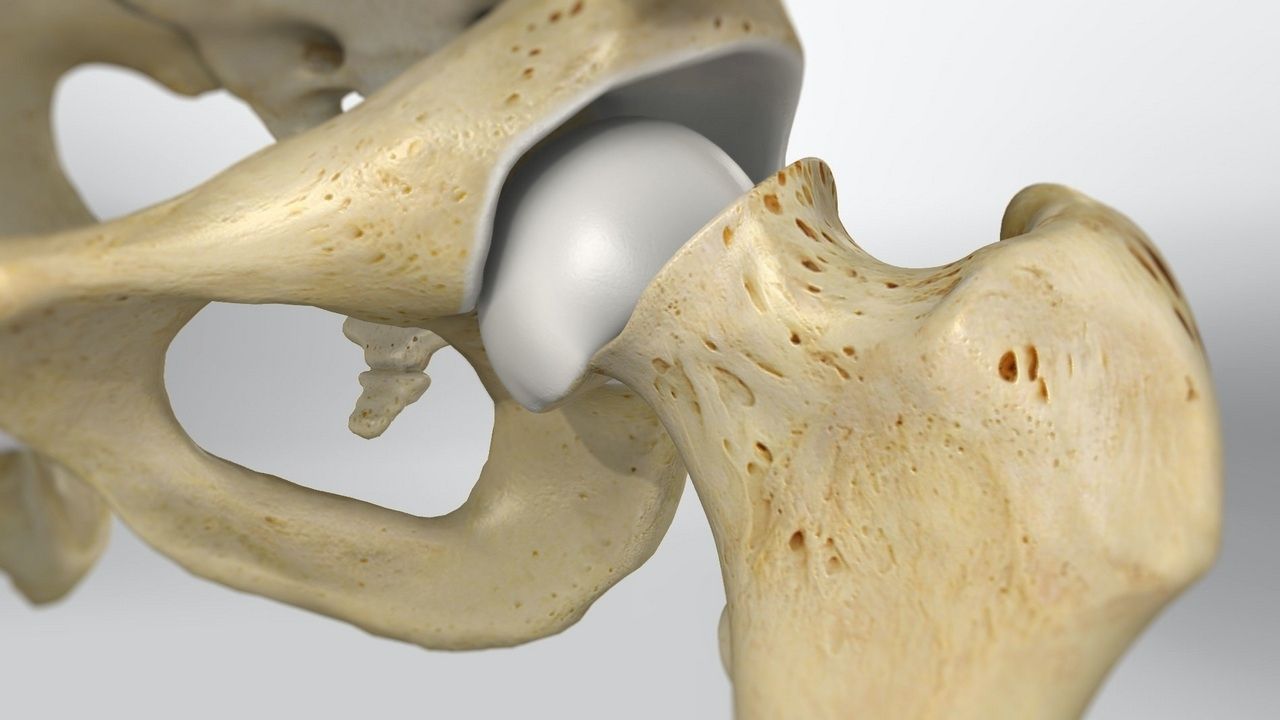
Slipped Capital Femoral Epiphysis (SCFE) is a condition affecting the hip joint in adolescents. SCFE occurs when the ball at the head of the femur slips off in a backward direction due to weakness at the growth plate. This condition can cause hip pain, knee pain, and a limp. Early detection is crucial to prevent long-term complications. Risk factors include obesity, rapid growth spurts, and hormonal imbalances. Treatment options range from rest and physical therapy to surgical intervention. Understanding SCFE helps in recognizing symptoms early and seeking appropriate medical care. Let's dive into 50 facts about Slipped Capital Femoral Epiphysis to better understand this condition.
Key Takeaways:
- Slipped Capital Femoral Epiphysis (SCFE) is a hip condition that affects adolescents, causing pain, limping, and stiffness. Early diagnosis and treatment are crucial for preventing complications and restoring hip function.
- SCFE can be prevented by maintaining a healthy weight, regular check-ups during growth spurts, and early treatment of endocrine disorders. Living with SCFE involves adjustments, physical therapy, and regular follow-up appointments for ongoing care.
What is Slipped Capital Femoral Epiphysis?
Slipped Capital Femoral Epiphysis (SCFE) is a hip condition that affects adolescents. It occurs when the head of the femur slips off the neck at the growth plate. Understanding SCFE is crucial for early diagnosis and treatment.
- SCFE typically affects children between 10 and 16 years old.
- Boys are more likely to develop SCFE than girls.
- Obesity is a significant risk factor for SCFE.
- SCFE can occur in one or both hips.
- The condition is more common during periods of rapid growth.
Symptoms of SCFE
Recognizing the symptoms of SCFE can lead to timely medical intervention. Here are some common signs to watch for.
- Pain in the hip, groin, or knee.
- Limping or difficulty walking.
- Stiffness in the hip joint.
- Limited range of motion in the hip.
- Outward turning of the affected leg.
Causes and Risk Factors
Several factors contribute to the development of SCFE. Knowing these can help in understanding the condition better.
- Hormonal imbalances during puberty.
- Genetic predisposition to hip problems.
- Endocrine disorders like hypothyroidism.
- Previous hip injuries or trauma.
- Rapid growth spurts during adolescence.
Diagnosis of SCFE
Early diagnosis is essential for effective treatment. Here are some methods doctors use to diagnose SCFE.
- Physical examination of the hip and leg.
- X-rays to visualize the position of the femoral head.
- MRI scans for detailed images of the hip joint.
- Blood tests to rule out other conditions.
- Patient history to identify risk factors and symptoms.
Treatment Options
Treatment for SCFE aims to prevent further slipping and restore hip function. Here are some common approaches.
- Bed rest to reduce stress on the hip.
- Crutches or a wheelchair to avoid weight-bearing.
- Surgery to stabilize the femoral head.
- Physical therapy to improve mobility.
- Pain management with medications.
Surgical Interventions
Surgery is often necessary to treat SCFE. Here are some surgical options available.
- In situ pinning to hold the femoral head in place.
- Open reduction to realign the femoral head.
- Osteotomy to correct bone deformities.
- Hip replacement in severe cases.
- Post-surgery rehabilitation for recovery.
Complications of SCFE
Untreated SCFE can lead to several complications. Awareness of these can emphasize the importance of early treatment.
- Avascular necrosis, where blood supply to the femoral head is lost.
- Chondrolysis, a rapid loss of cartilage in the hip joint.
- Early-onset arthritis due to joint damage.
- Permanent hip deformity affecting mobility.
- Chronic pain and disability.
Preventing SCFE
While not all cases can be prevented, certain measures can reduce the risk of SCFE.
- Maintaining a healthy weight through diet and exercise.
- Regular check-ups during growth spurts.
- Monitoring children with a family history of SCFE.
- Early treatment of endocrine disorders.
- Avoiding high-impact activities during rapid growth phases.
Living with SCFE
Managing life with SCFE involves adjustments and ongoing care. Here are some tips for living with the condition.
- Adhering to a physical therapy regimen.
- Using assistive devices like crutches or braces.
- Modifying activities to avoid hip strain.
- Regular follow-up appointments with a doctor.
- Joining support groups for emotional and social support.
Research and Future Directions
Ongoing research aims to improve SCFE treatment and outcomes. Here are some areas of focus.
- Developing less invasive surgical techniques.
- Studying the genetic factors contributing to SCFE.
- Exploring new medications for pain and inflammation.
- Improving rehabilitation protocols for faster recovery.
- Enhancing early detection methods through advanced imaging technologies.
Final Thoughts on Slipped Capital Femoral Epiphysis
Understanding Slipped Capital Femoral Epiphysis (SCFE) can make a big difference in early detection and treatment. This condition, affecting the hip joint in adolescents, can lead to serious complications if not addressed promptly. Recognizing symptoms like hip pain, limping, or limited range of motion is crucial for parents and caregivers. Early intervention often involves surgery to stabilize the hip and prevent further slippage. Post-surgery, physical therapy plays a key role in recovery, helping kids regain strength and mobility. Regular follow-ups with healthcare providers ensure the hip heals properly and reduces the risk of future issues. By staying informed and proactive, you can help manage SCFE effectively, ensuring a healthier future for affected children. Remember, knowledge is power when it comes to tackling medical conditions like SCFE.
Frequently Asked Questions
Was this page helpful?
Our commitment to delivering trustworthy and engaging content is at the heart of what we do. Each fact on our site is contributed by real users like you, bringing a wealth of diverse insights and information. To ensure the highest standards of accuracy and reliability, our dedicated editors meticulously review each submission. This process guarantees that the facts we share are not only fascinating but also credible. Trust in our commitment to quality and authenticity as you explore and learn with us.
